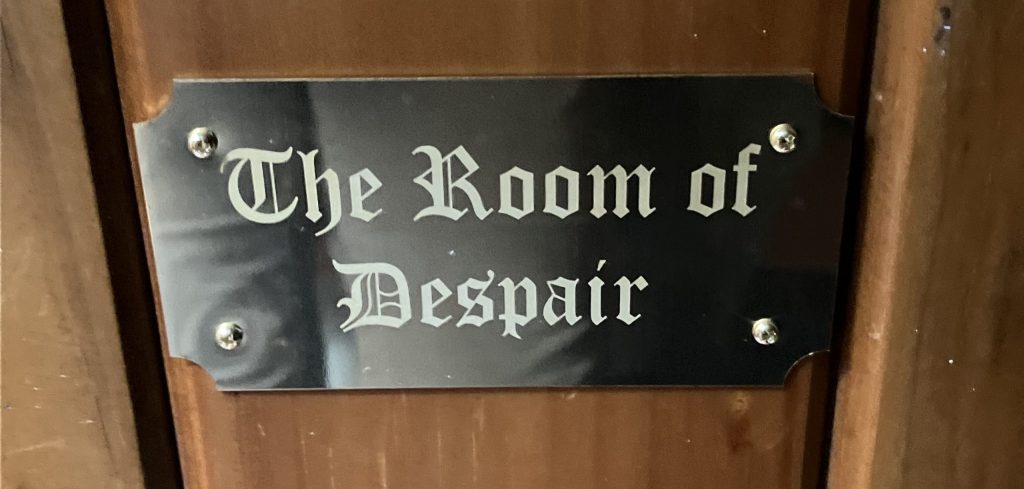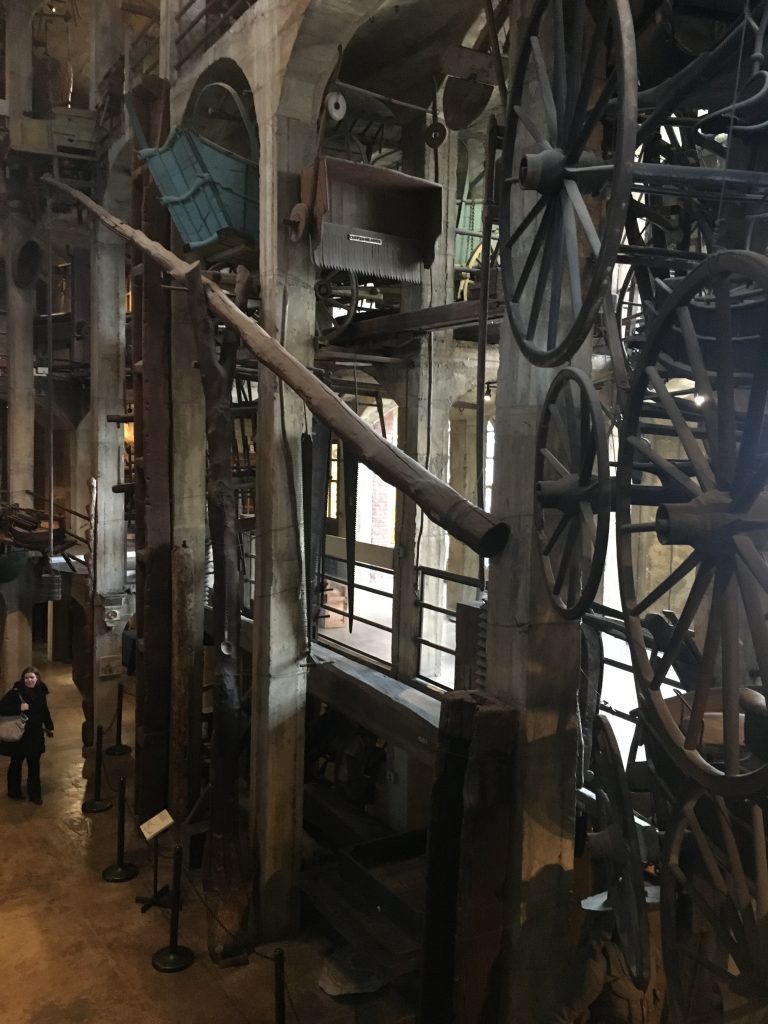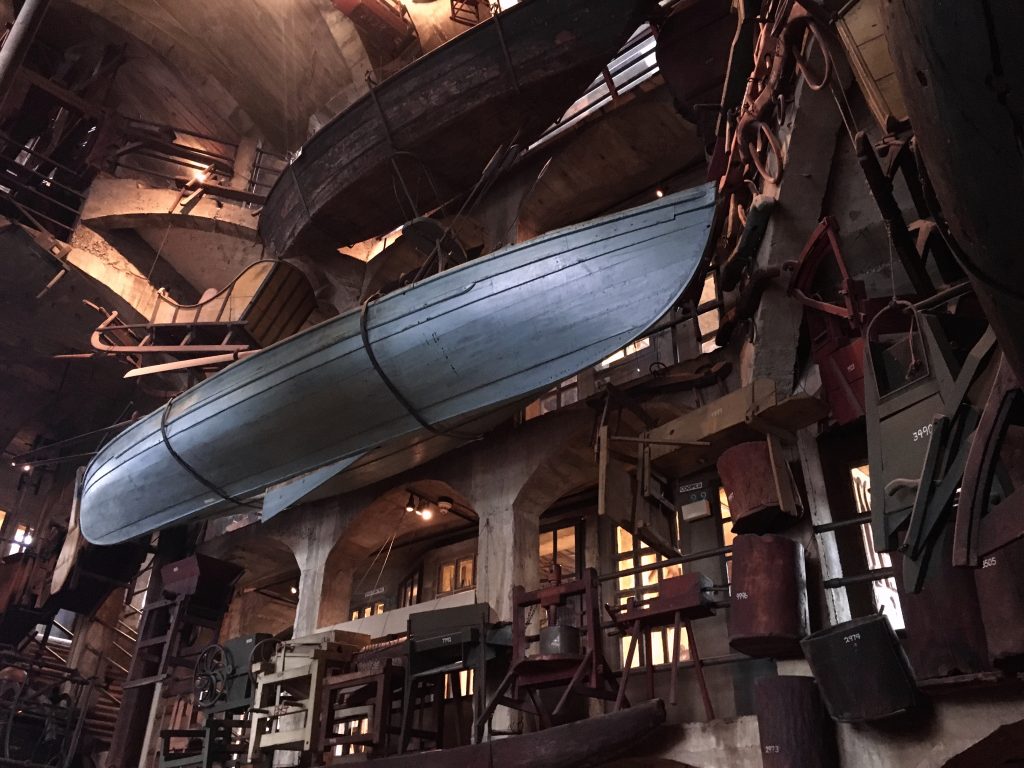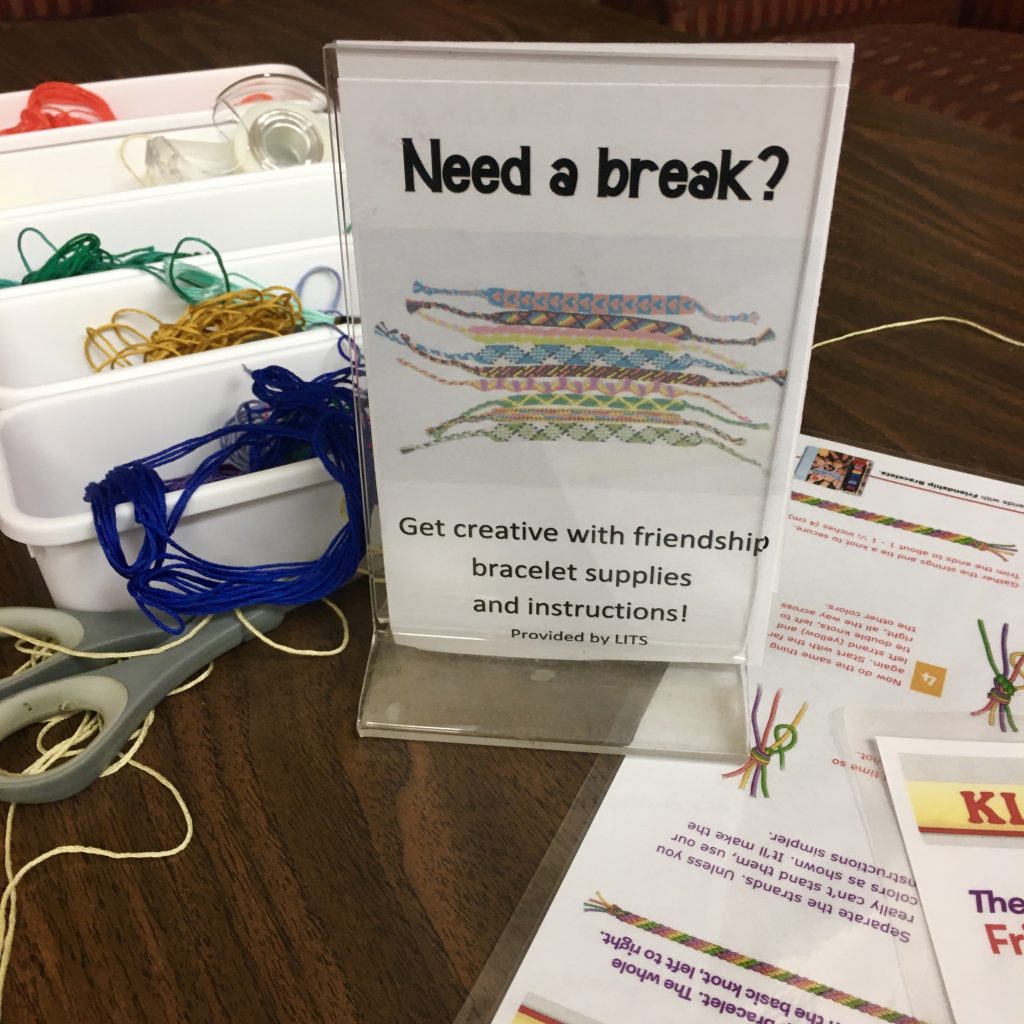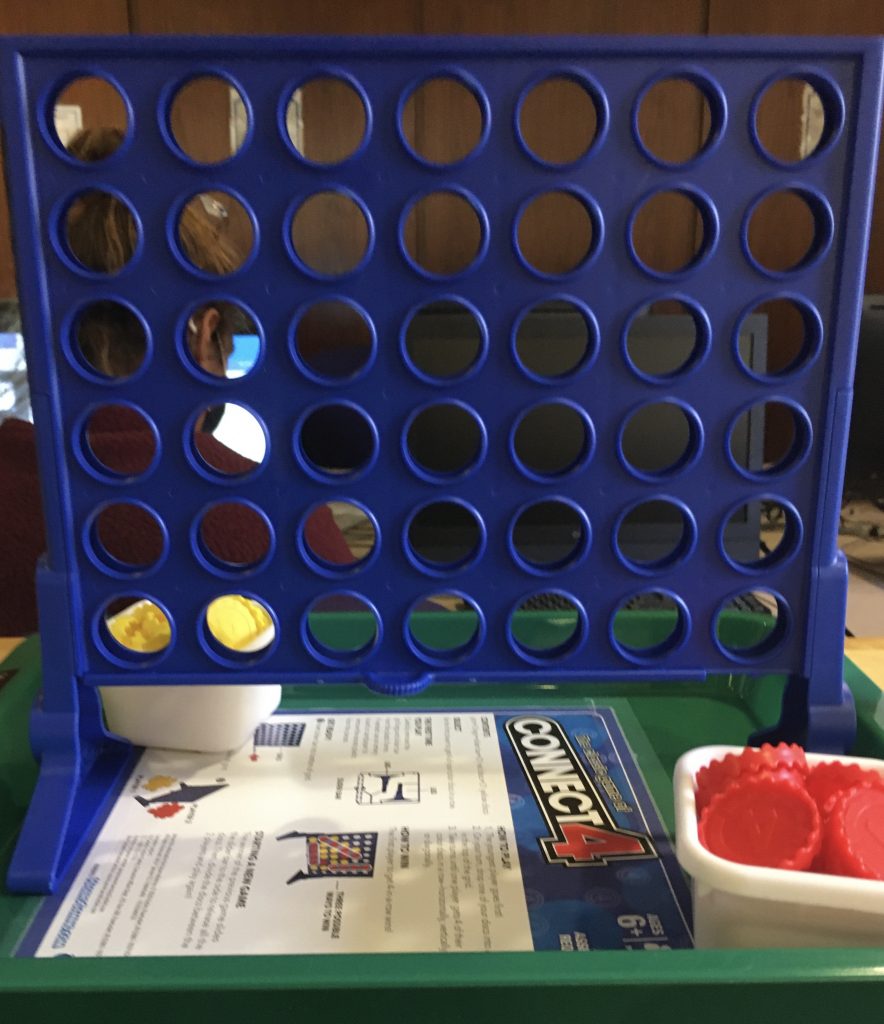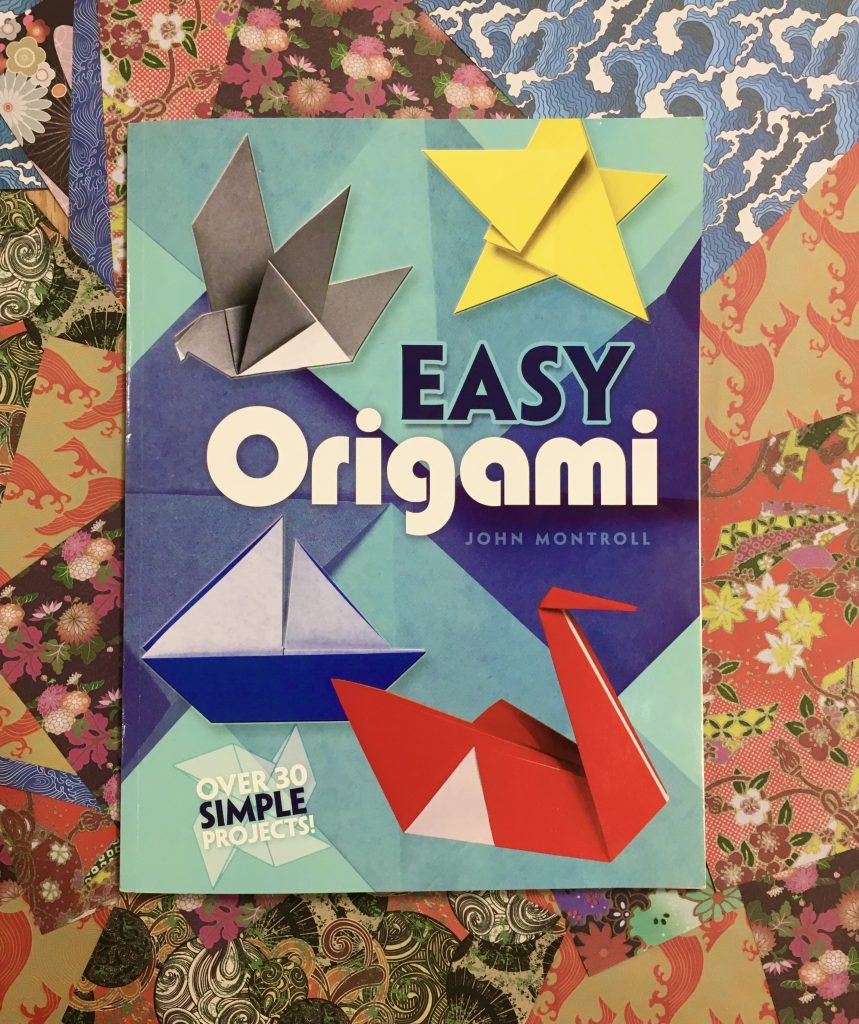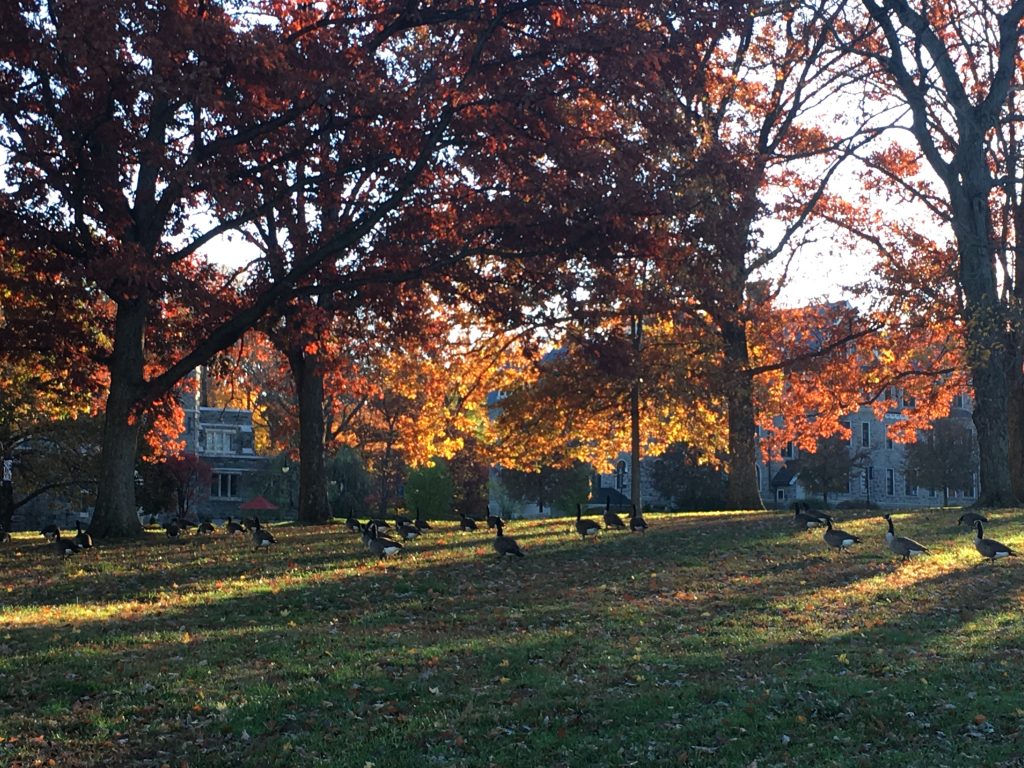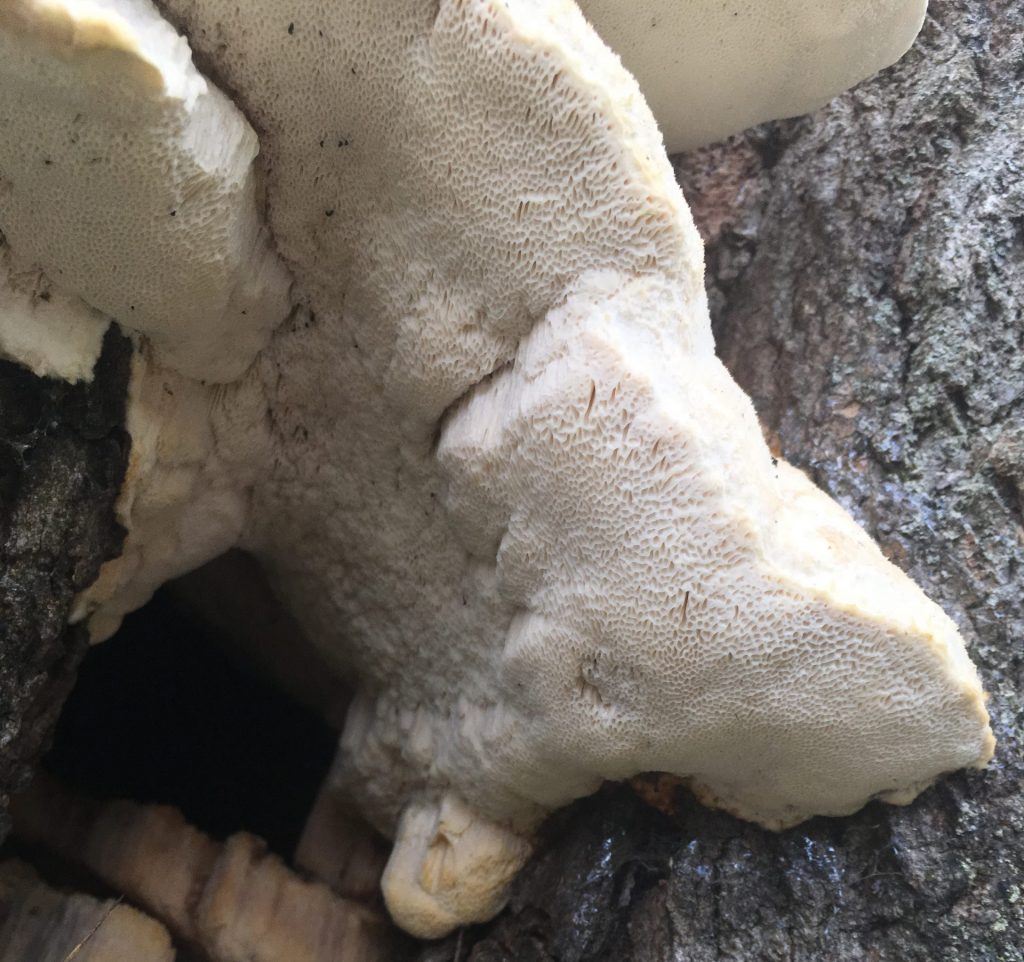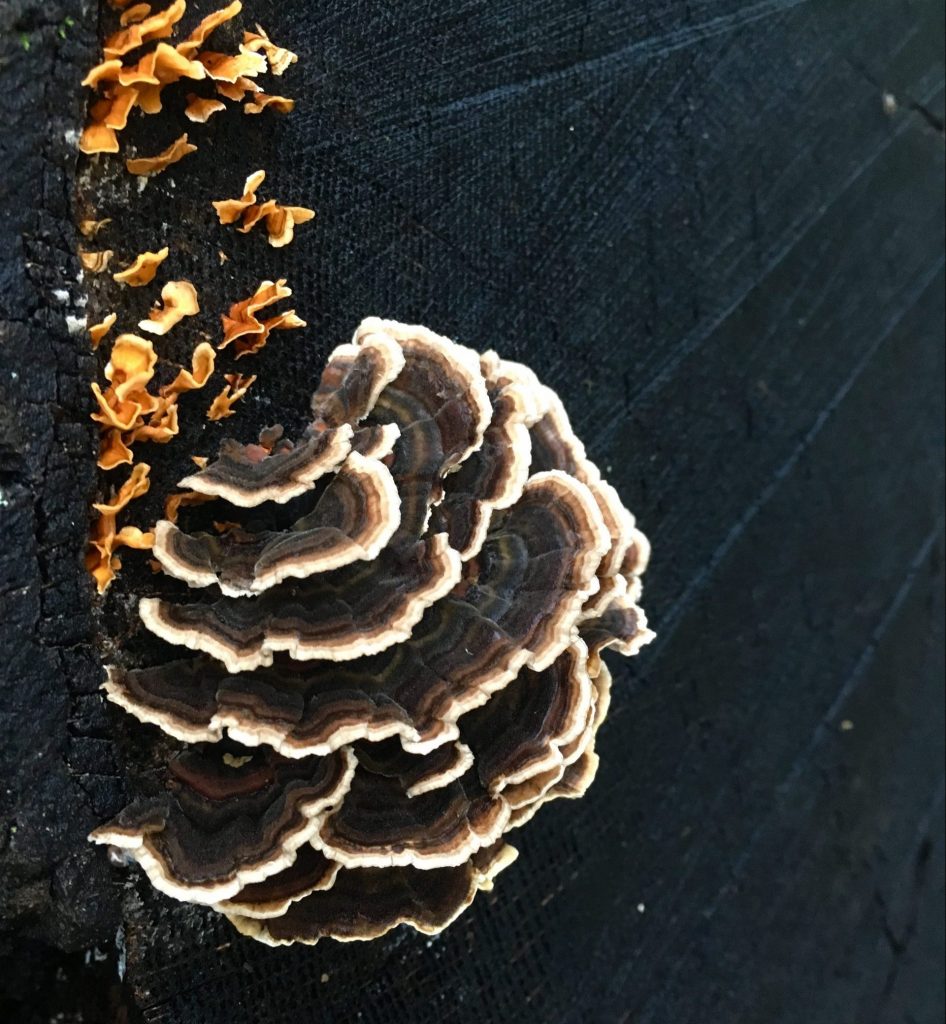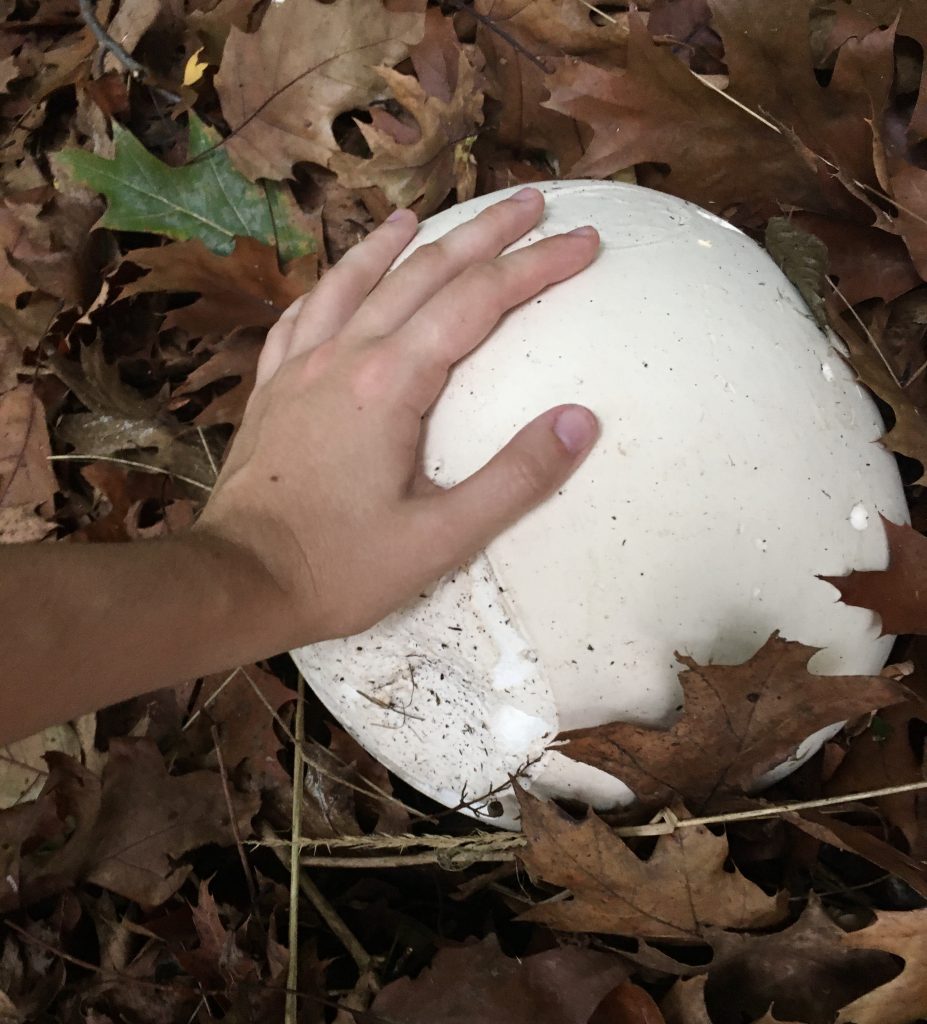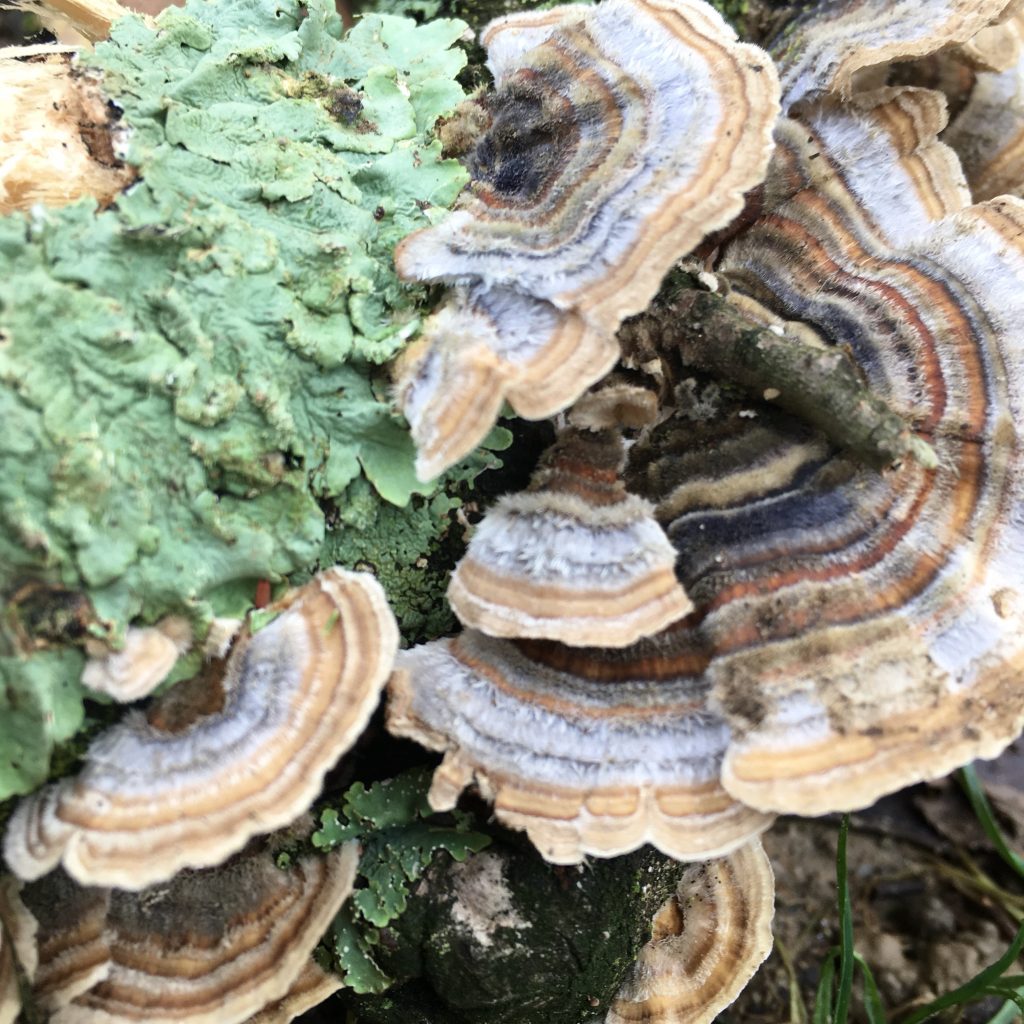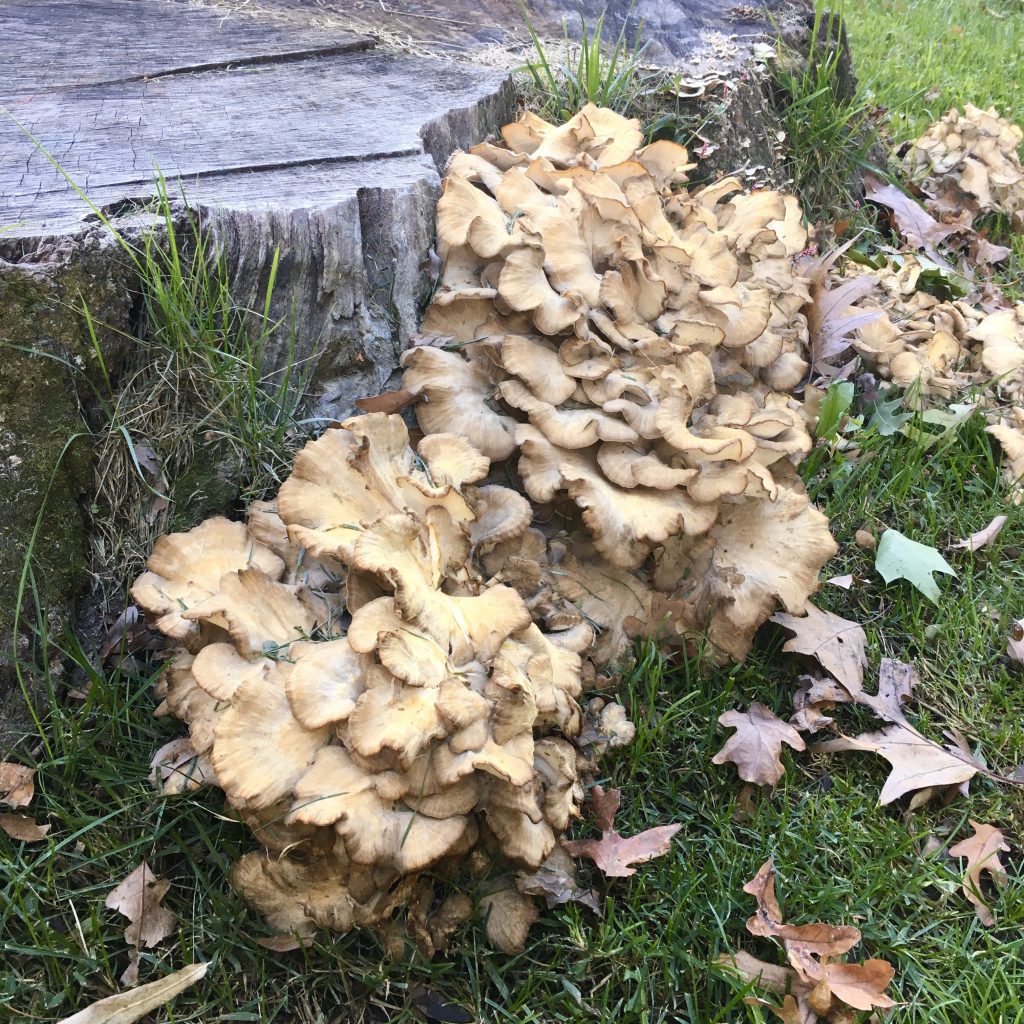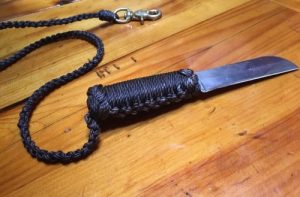It’s been a minute.
The last post I made on this blog was in May 2020, and I was trying to figure out what to do with myself for a whole three months at home while I waited for the fall semester to start. It seemed like an impossibly long time to fill. I couldn’t get a job, couldn’t leave the house, and couldn’t remember the last time I had so little to do.
It was strange, then, that I decided to take a leave of absence at the last minute in August. I even surprised myself—I had already picked my classes, arranged my schedule, and nearly bought plane tickets back to Philadelphia—but looking back, what felt like an impulse choice was in reality a decision I had made weeks beforehand.
Here is a list of things I like about school: Going to class, running into my friends on Merion Green, frying eggs in the dining halls, going to guest lectures and roundtables, and taking trips into the city.
Here is a list of things I don’t like about school: Doing homework alone in my room.
The fall 2020 Covid policies meant the upcoming year would involve almost nothing from the first list and a whole lot of the second. The country was in a constant state of crisis, and vaccines still a distant “maybe”. When I put in my request for emergency leave, I felt nothing but relief. I would miss my friends, and Bryn Mawr, but I was sure I had made the right decision.
So it began, Gap Year Number Two: Electric Boogaloo.

One of those crises was the Texas Freeze. It was a scary few days, but I did my best to approach things with a sense of humor.
Like most people, I had a rough time with the pandemic and most of what happened in that year doesn’t really bear repeating. I baked some bread. Rearranged my room. Coped with various crises. Listened to a lot of podcasts.
There were a few bright spots though. Unemployed and no longer a student, I began making art again for the first time in three years. I started with some small sewing projects: a shirt, a skirt, some little embroidered patches. Then I started experimenting with comics, and then paintings.
I began my first big project in November, drawing my own tarot deck on one of the many packs of playing cards my family had accumulated over the years.

This is my all-time favorite card.
Tarot card suits (swords, coins, cups, wands) correspond to playing card suits (spades, diamonds, hearts, clubs), which allowed me to forego the symbolism required for most tarot cards and really flex my own style to make cards that were personally meaningful to me. I began with the suit of swords. For each card I would reference my favorite tarot book, Kitchen Table Tarot, and meditate on all the card’s meanings until an image came to mind. I’d lightly sketch it on the playing card with pencil, then line it with black sharpie and red highlights. For some cards it was difficult to work around the preprinted pips, but for others, I could work them into the design with incredible results.
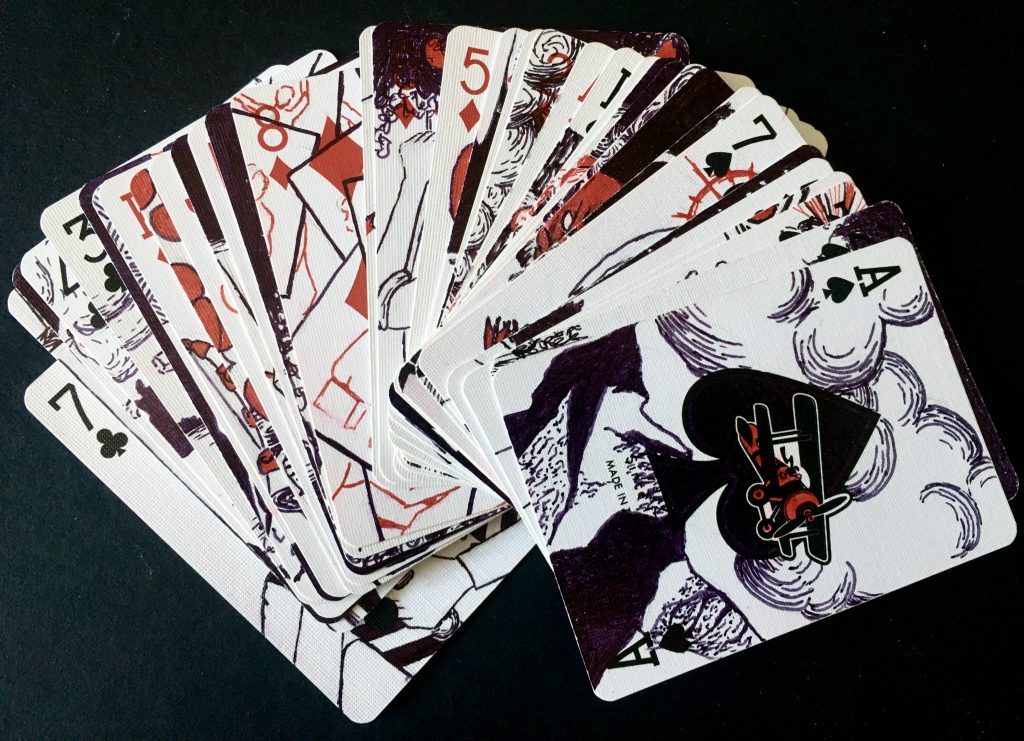
Part of my deck.
Soon after I started my tarot deck I heard about a composite tarot deck that was being organized through Kickstarter, a project crowdfunding site. The idea was for a deck made up entirely of cards from other decks, resulting in a “goblincore” patchwork deck. I digitized and submitted one of my cards for a $60 licensing fee, not even sure the project would make the $80,000 needed for printing.
I should not have doubted the power of Facebook ads. By the end of the funding period, the project had made nearly $1.5 million, with significant bonuses for all participating artists.
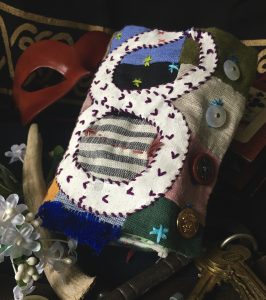
The bag that started it all. I stitched everything by hand, even the buttonholes.
The Kickstarter led me to my next project. A linen duvet cover I’d ordered came with a complimentary sample pack of swatches of all the other materials they offered. I don’t like to throw things away, so I decided to use the swatches to make a patchwork bag to hold my patchwork deck. I made an appliqué shaped like an ouroboros, painted on some sigil-like designs, and hand stitched everything together. The end result looked like an artifact from a fantasy world, and the project organizer liked it so much that they offered me the chance to sell up to 50 bags through the Kickstarter. By the end of the month, forty had been ordered, and I set to work.
For the entire summer of 2021, I worked twenty hours a week to produce those forty bags. Each bag took ten hours and had innumerable steps, so I decided the most efficient way to make them would be to work in batches. I wanted to use as much recycled or scrap material as possible, so I ordered some packs of scrap fabric off Etsy, and then dug into my own scrap bin. I cut everything into 2.5-inch squares, seamed them together, then set to decorating. I offered five different appliqué styles: a moth, an ouroboros, a rat skull, a jackalope, or eyes. Each bag had a pocket, vintage lace or bright ribbons, and three random buttons from the bin of spares my grandmother had accumulated over the past forty years. I finished every bag by hand so that I could add beads or little embroidery touches.

The finished bags, all lined up.
As involved as the tarot bags were, sewing wasn’t my only job this summer. Throughout the pandemic, I had volunteered at a local interfaith food pantry, sorting donations and packing boxes for clients. In the beginning my motivations were somewhat selfish: Houston is unbearably hot for most of the year, and helping at the pantry was the only way I could get out of the house for a few hours every week. I genuinely came to enjoy the work though, and both our clients and my fellow volunteers were fun to talk to. So, when the director reached out to encourage me to apply for the pantry’s first ever internship, I leapt at the opportunity.

This drawing was hung in the office of the pantry. I called him “Chiseled Jesus”. Personally, I think he looks a lot like Buff Squidward.
As an intern, I got a much deeper understanding of pantry operations. I managed volunteer shifts, calculated what portions we should give out based on our food intake, ironed out our social media, and overhauled the filing system. It was a great experience, and I’m glad to have something a little more conventional on my resume. Not that being a sailor or a freelance artist isn’t fantastic for building soft skills, but I’d like my future employers to have some confidence that I can use Excel, too.
I’ll talk about what I’m up to this semester in my next few posts. I enrolled myself in three seminar classes this semester, and while they’re all completely fascinating, it wasn’t until Fall break that I found the time to sit down and write anything other than reading responses and research papers.
For now, here’s a few more photos from my gap year:

How bored was I last August? Bored enough to empty every change jar and piggy bank in the house and roll $200 in coins by hand.

Every week I had a zoom call with a student I’d met from the online Jordan Summer Program and we tried to study a little Arabic to keep our skills sharp while we were out of school.
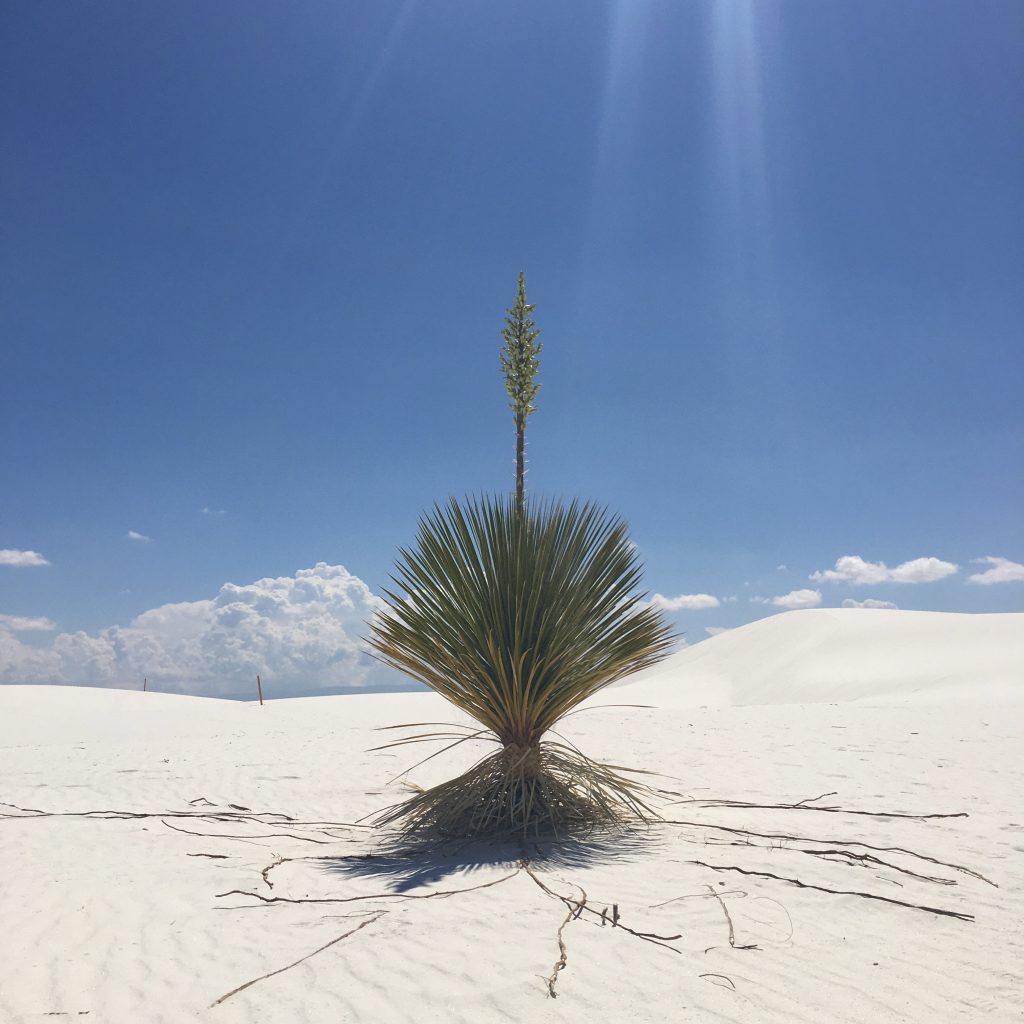
In June 2021 my friend and I took a road trip to New Mexico. My favorite part was the day we spent in White Sands. My least favorite part was the day after White Sands when we had to go pay off a ticket. In our defense, it was a speed trap town.

An embroidered patch I made for my friend to commemorate our visit to Roswell.

Another bright spot of the pandemic was spending time with my ridiculous cat.

I made this skirt out of old linen napkins!
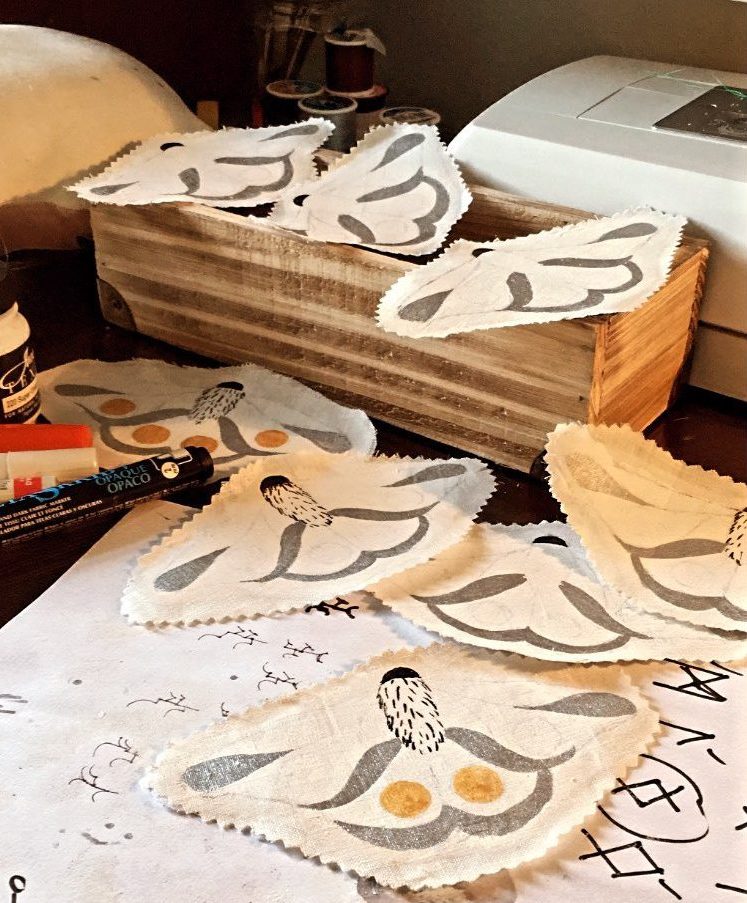
Tarot bag appliqués in progress.

Interior of the food pantry. Clients used to be able to shop for food like a grocery store, but because of the pandemic, we shifted to pre-packed boxes of food and distributed them through curbside pickup.
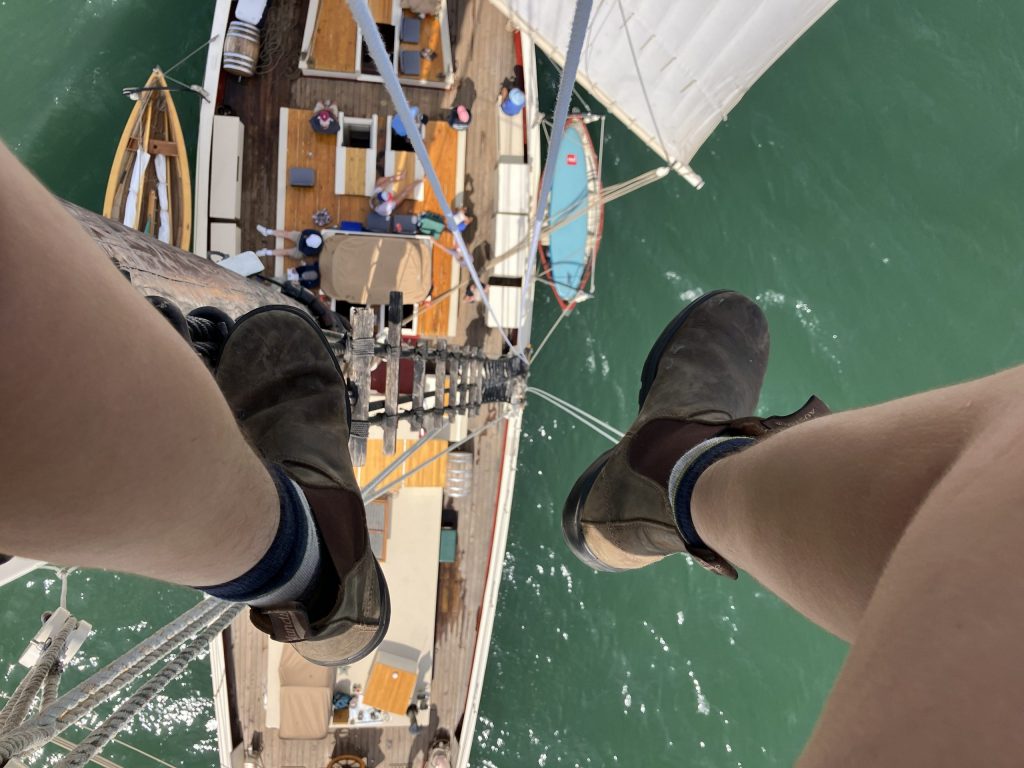 When I began thinking about what I wanted to do for my final summer as a student, there was a lot to consider. Both Bryn Mawr and the greater Philly area have a lot to offer in the way of internships, research assistant-ships, fellowships, and more. In the end, though, I decided to return to the summer job I’ve been doing since I was eighteen: working on a traditionally rigged schooner off the coast of Maine.
When I began thinking about what I wanted to do for my final summer as a student, there was a lot to consider. Both Bryn Mawr and the greater Philly area have a lot to offer in the way of internships, research assistant-ships, fellowships, and more. In the end, though, I decided to return to the summer job I’ve been doing since I was eighteen: working on a traditionally rigged schooner off the coast of Maine.




